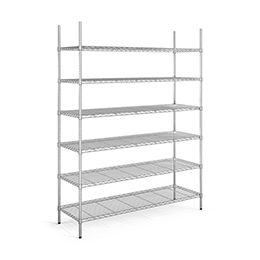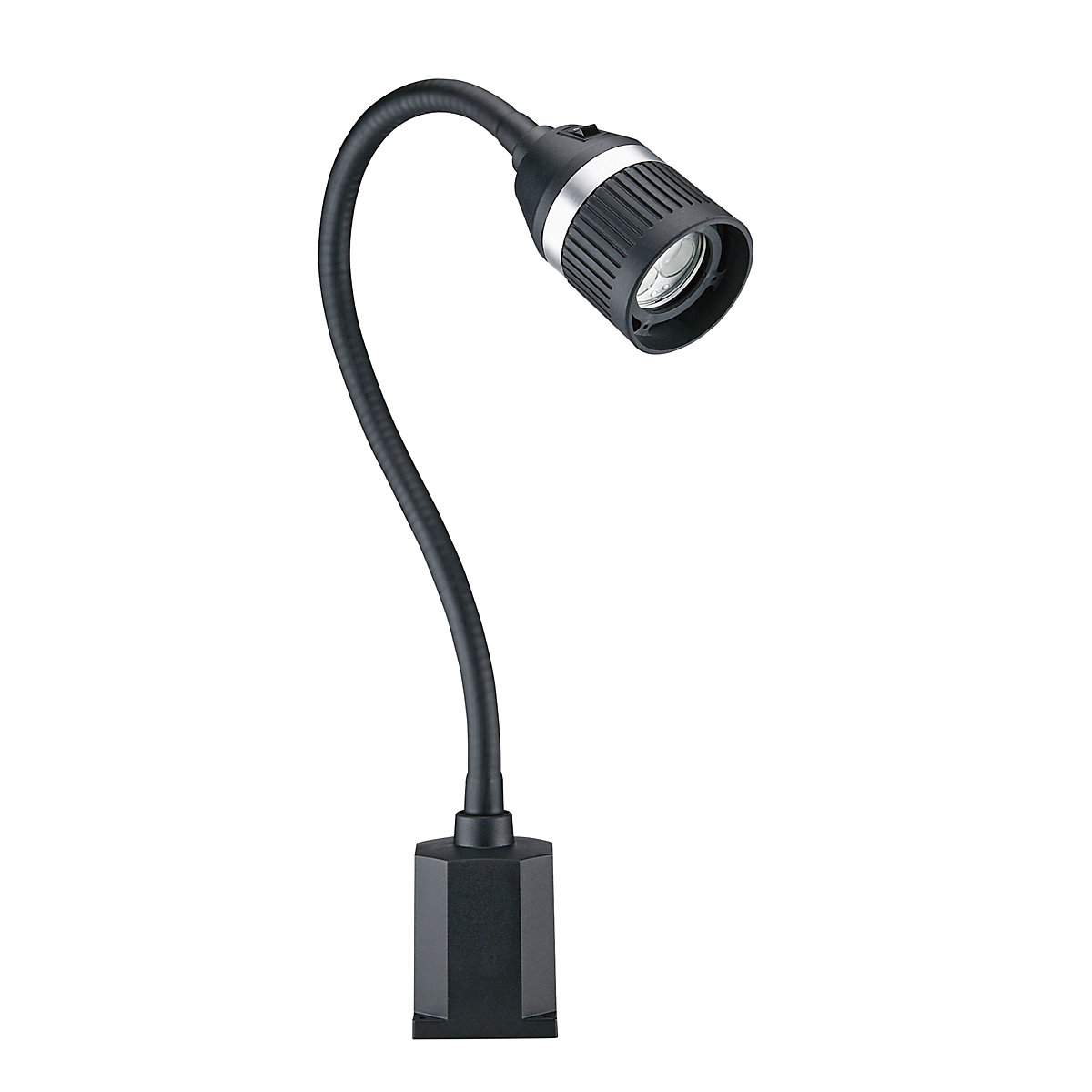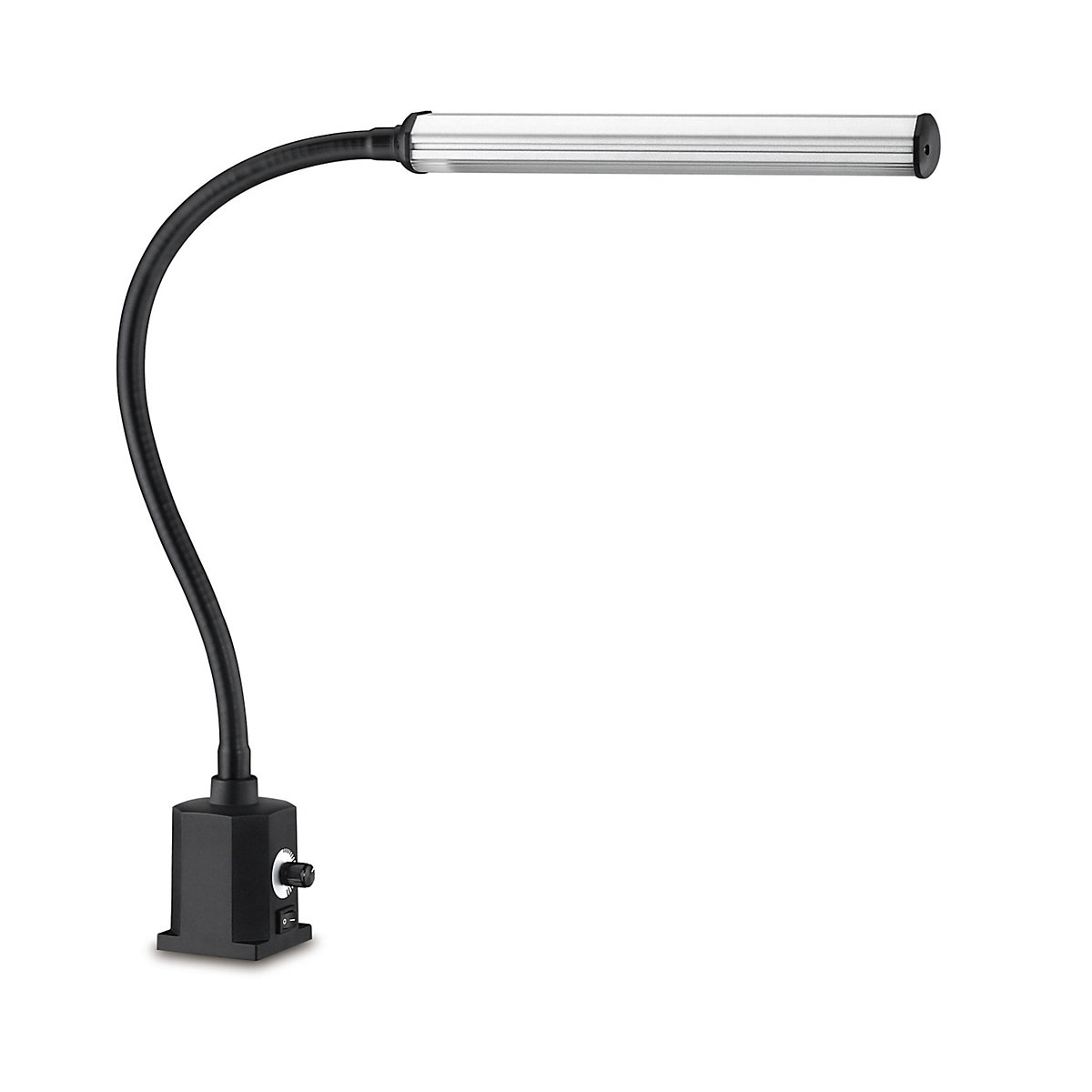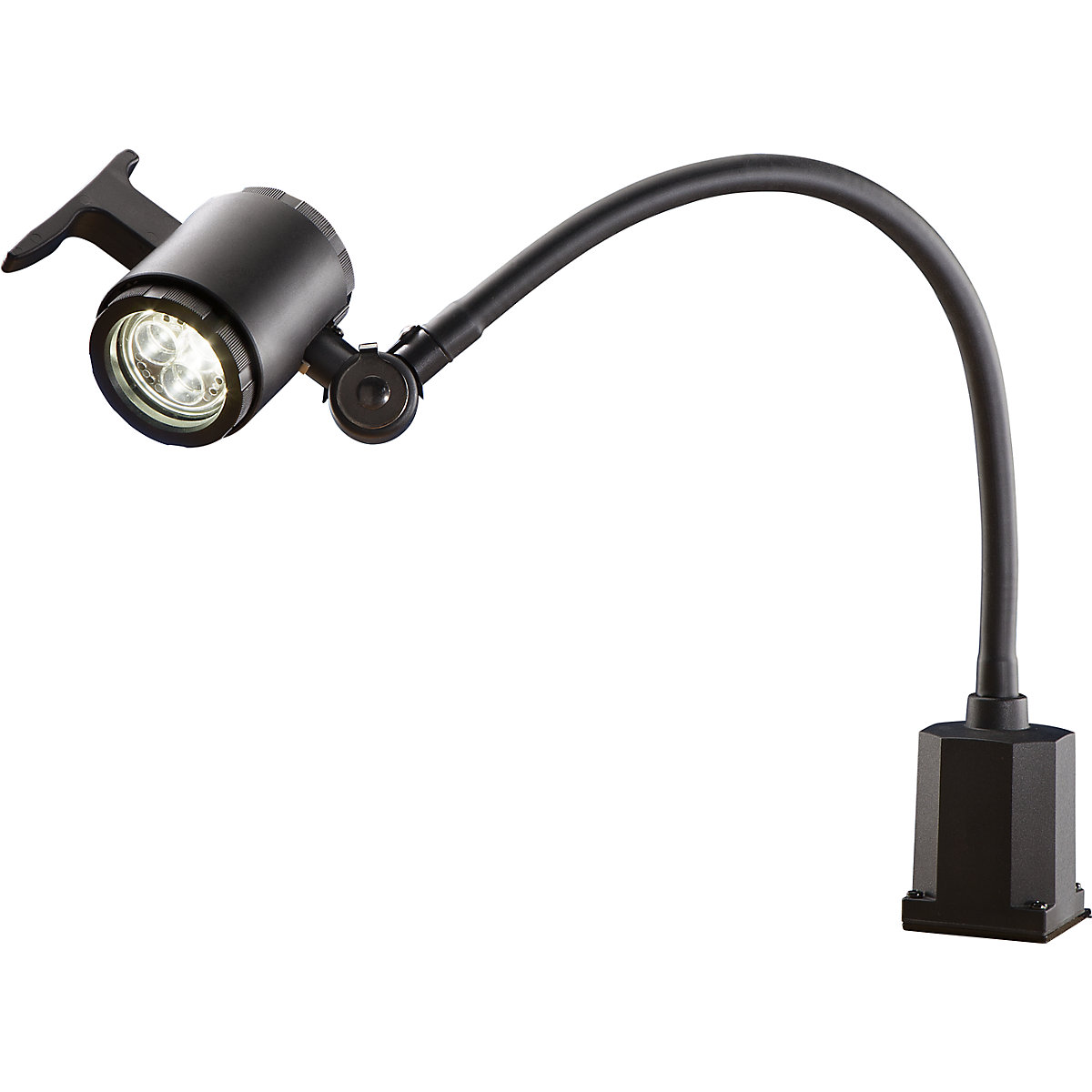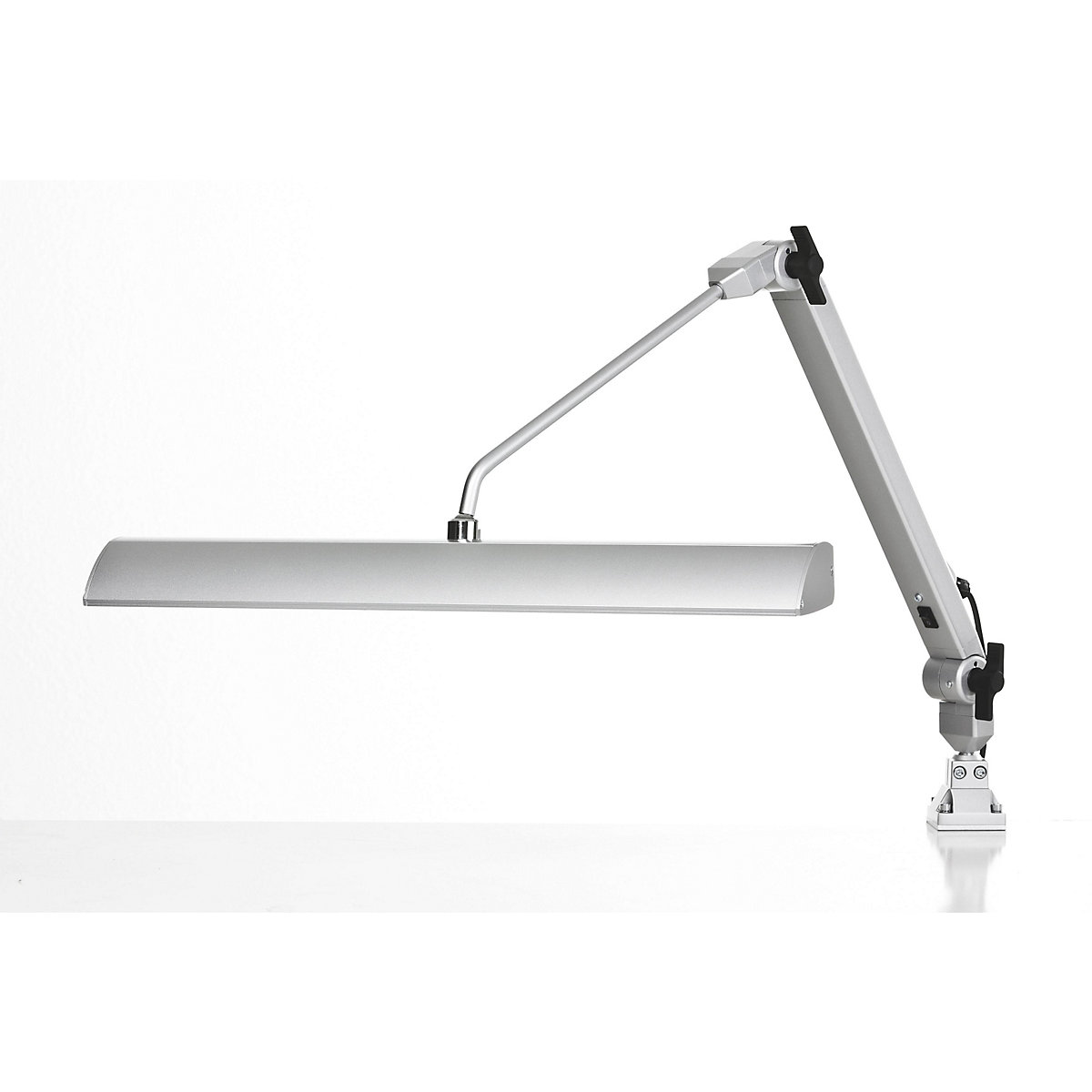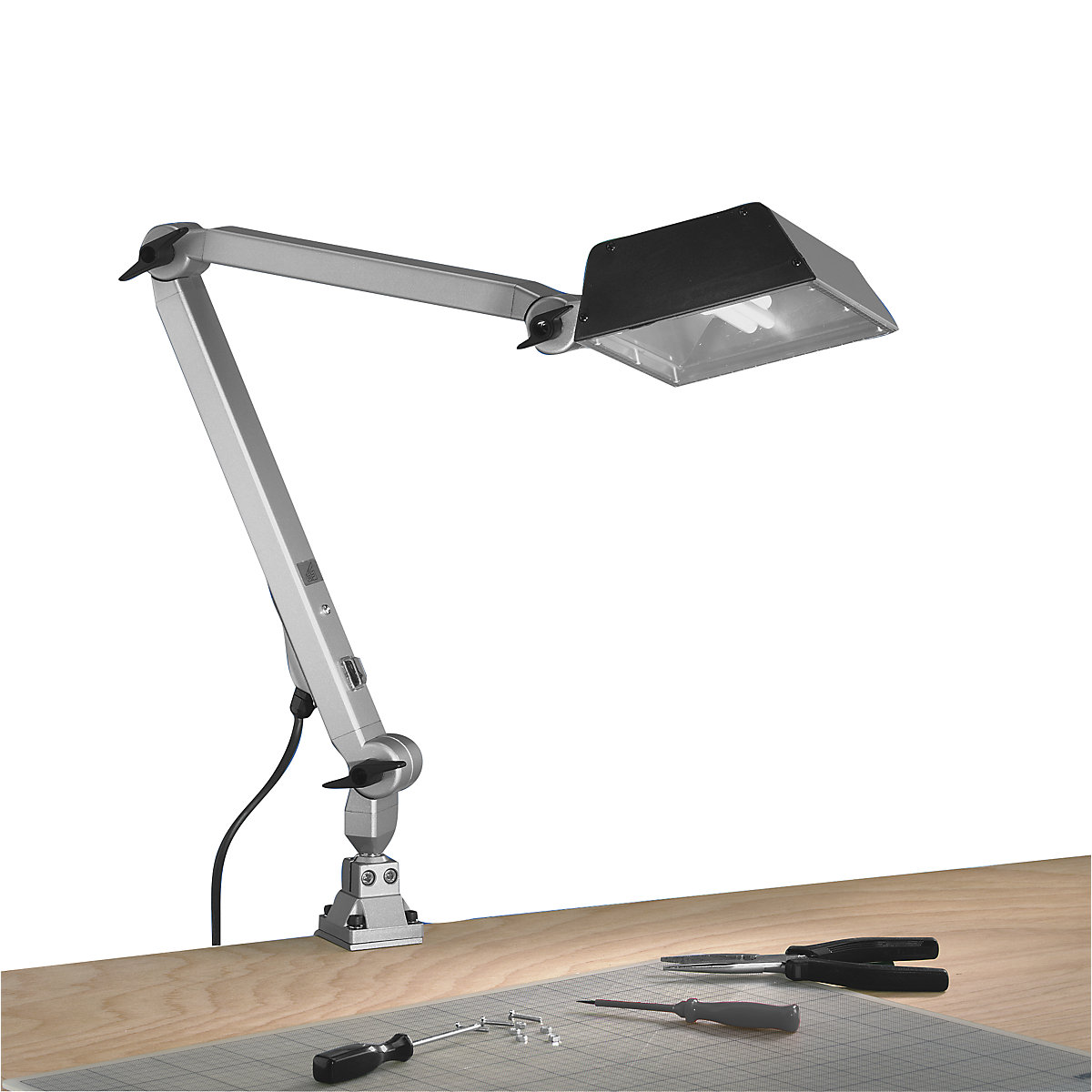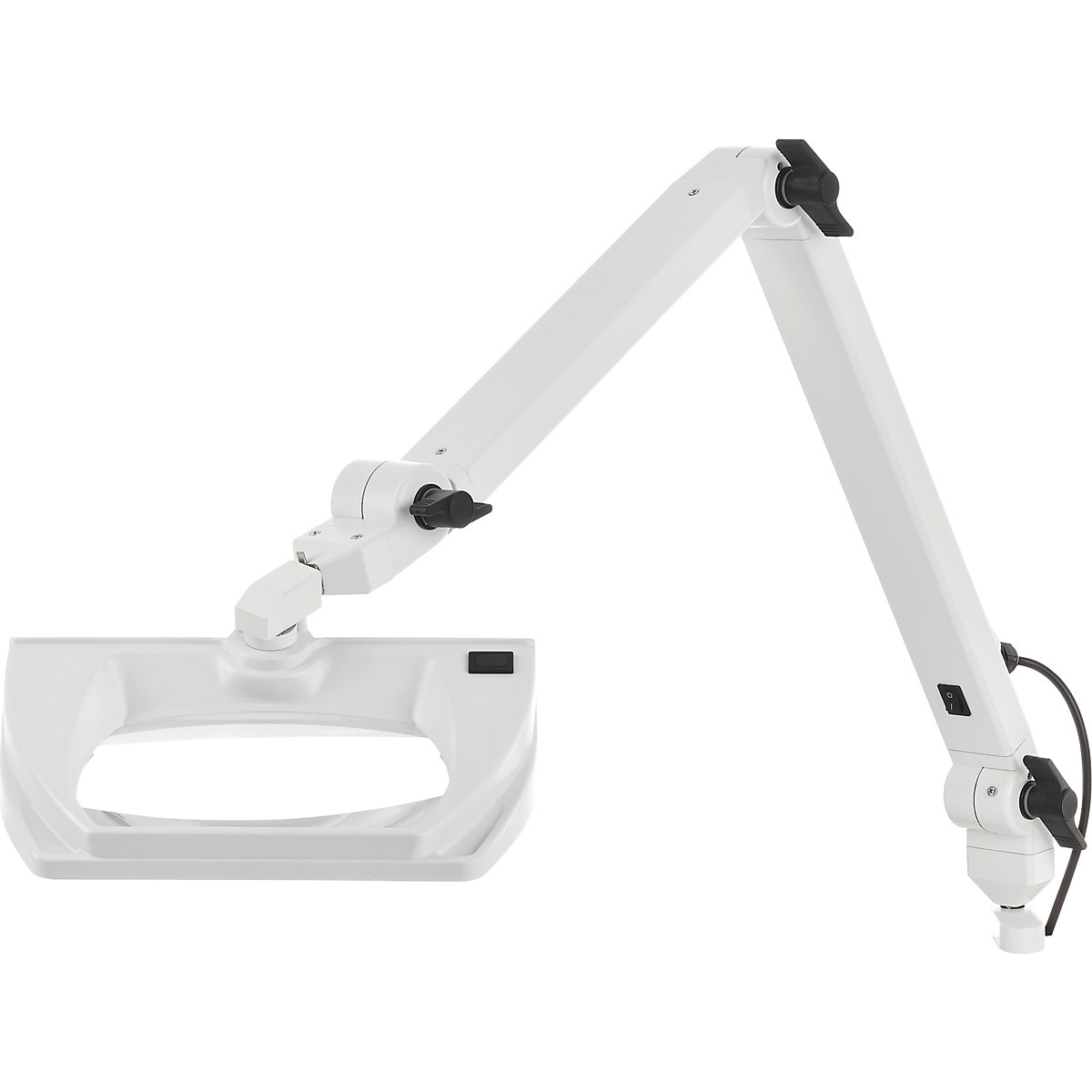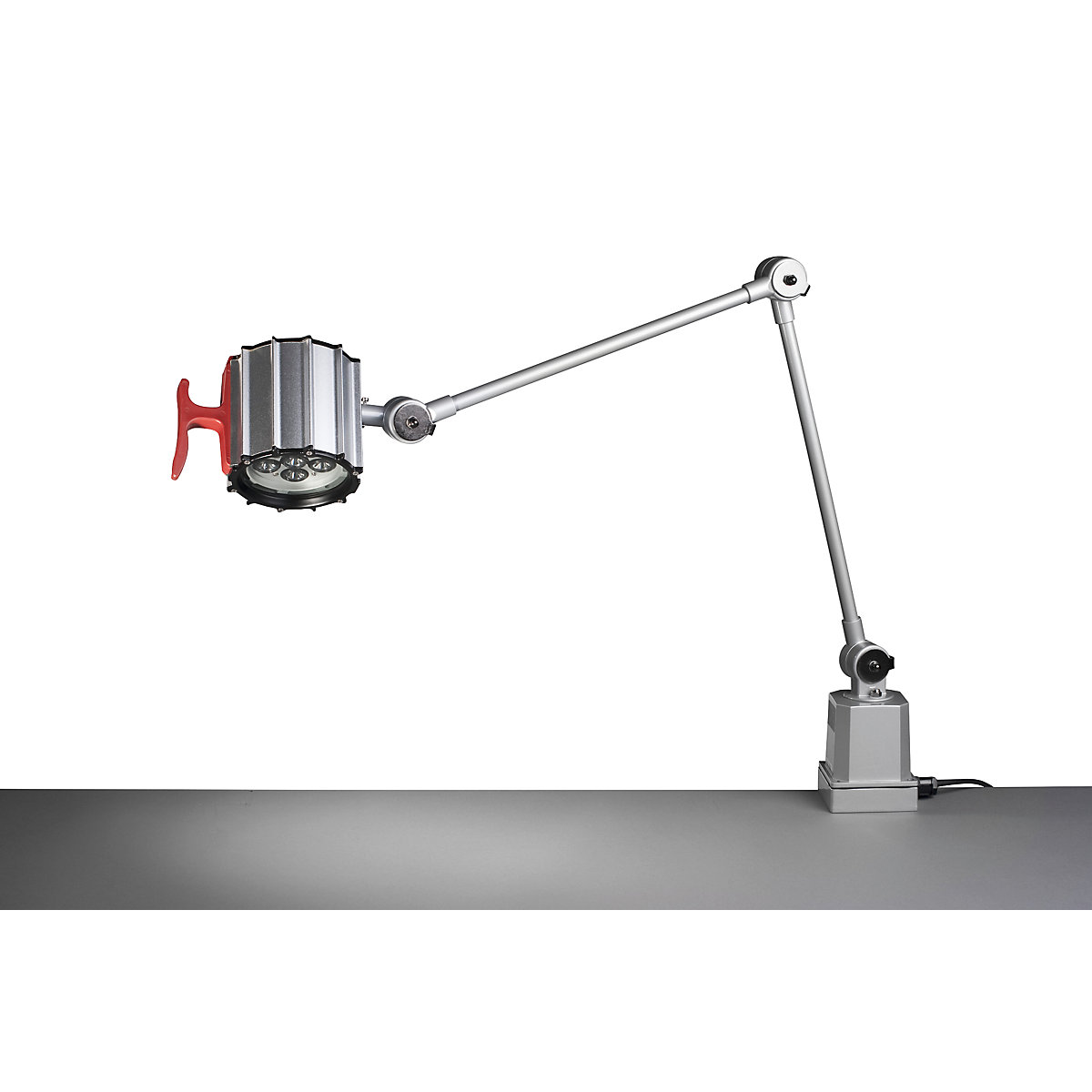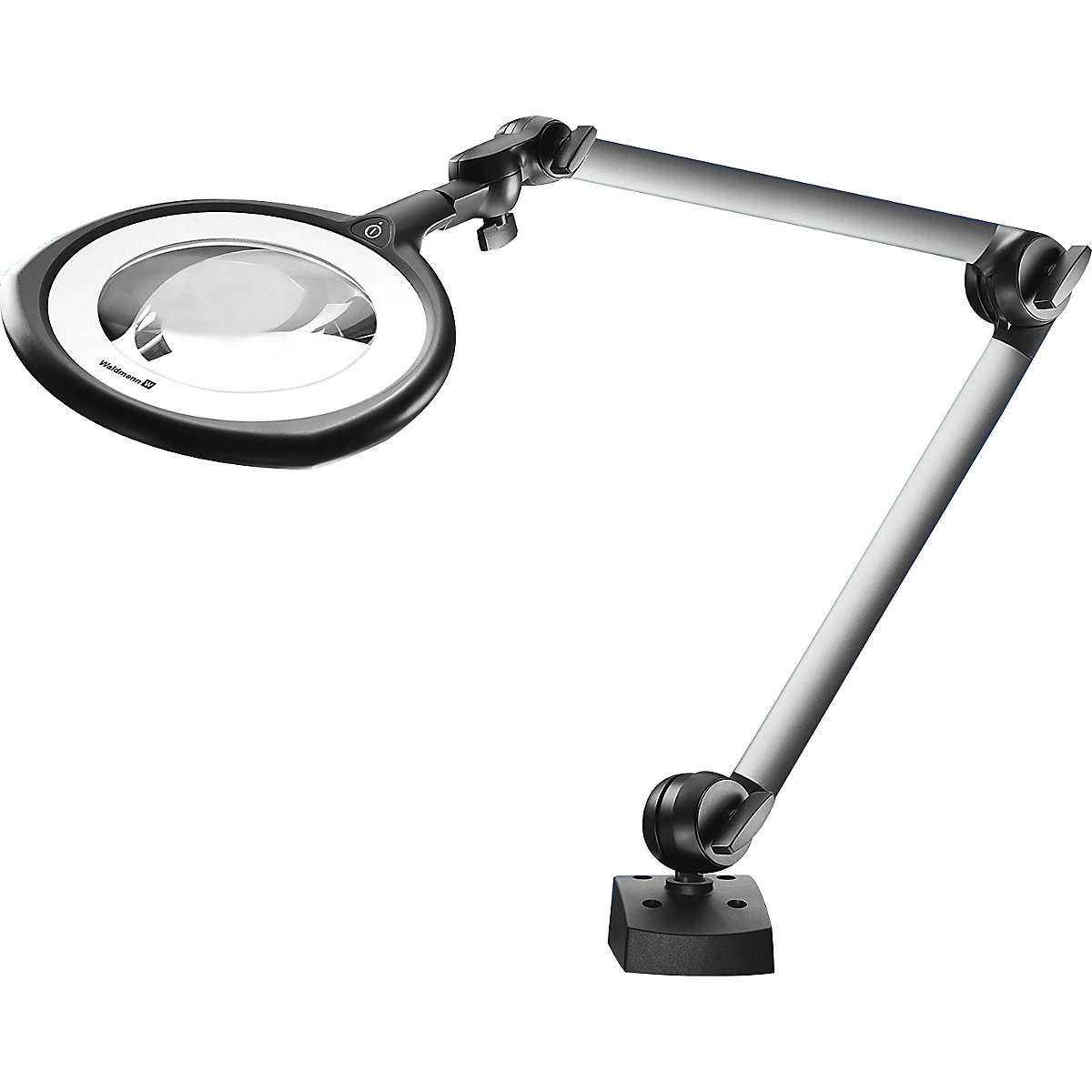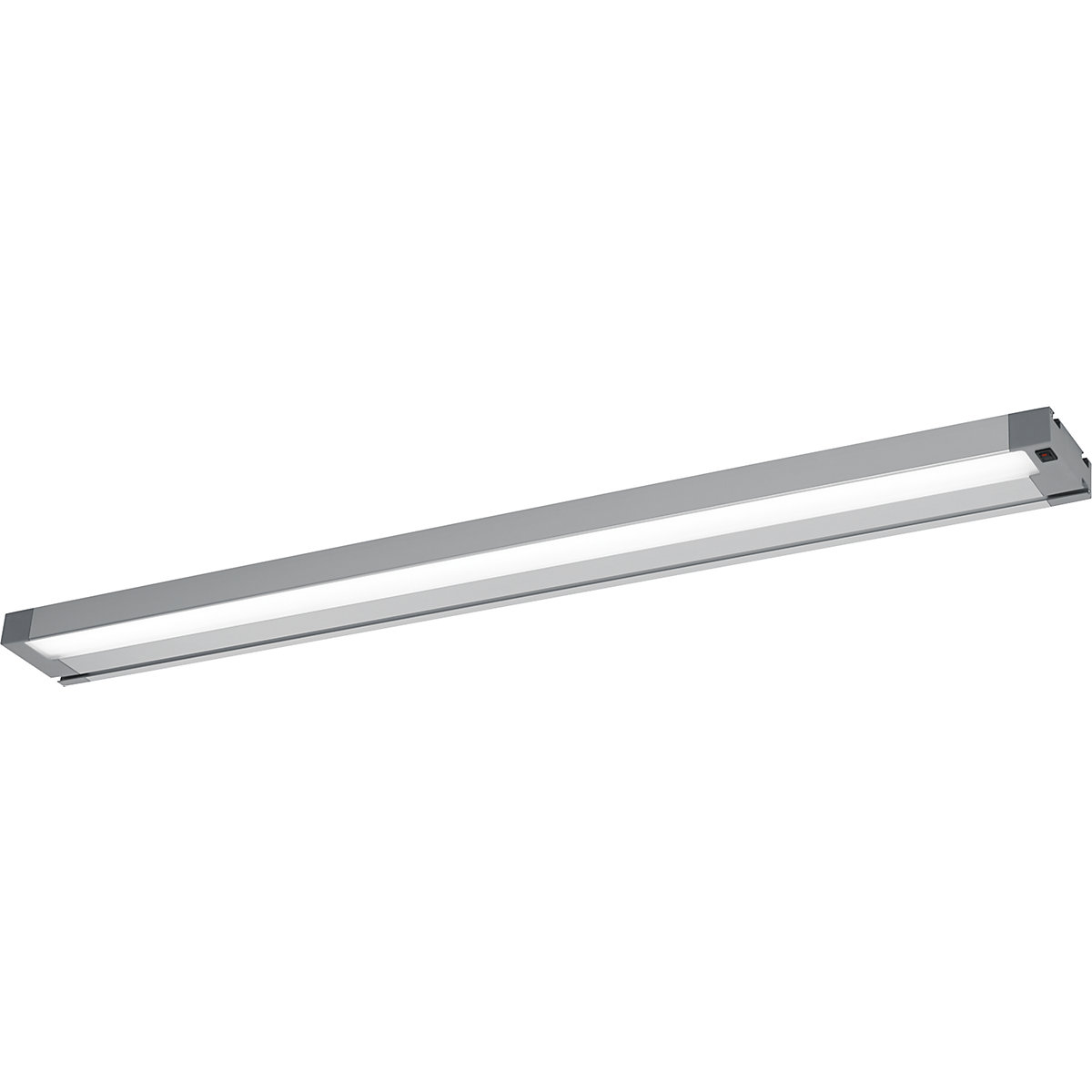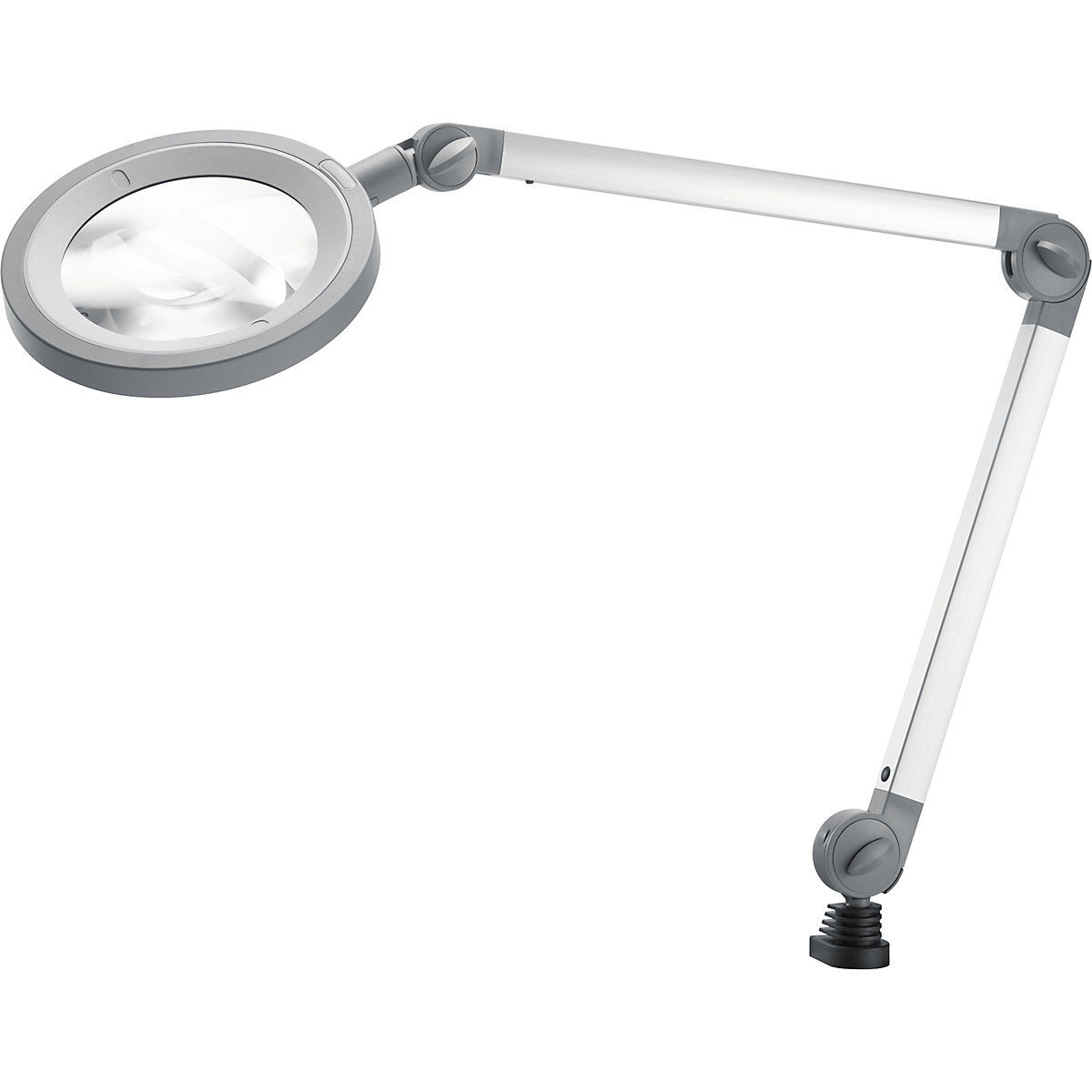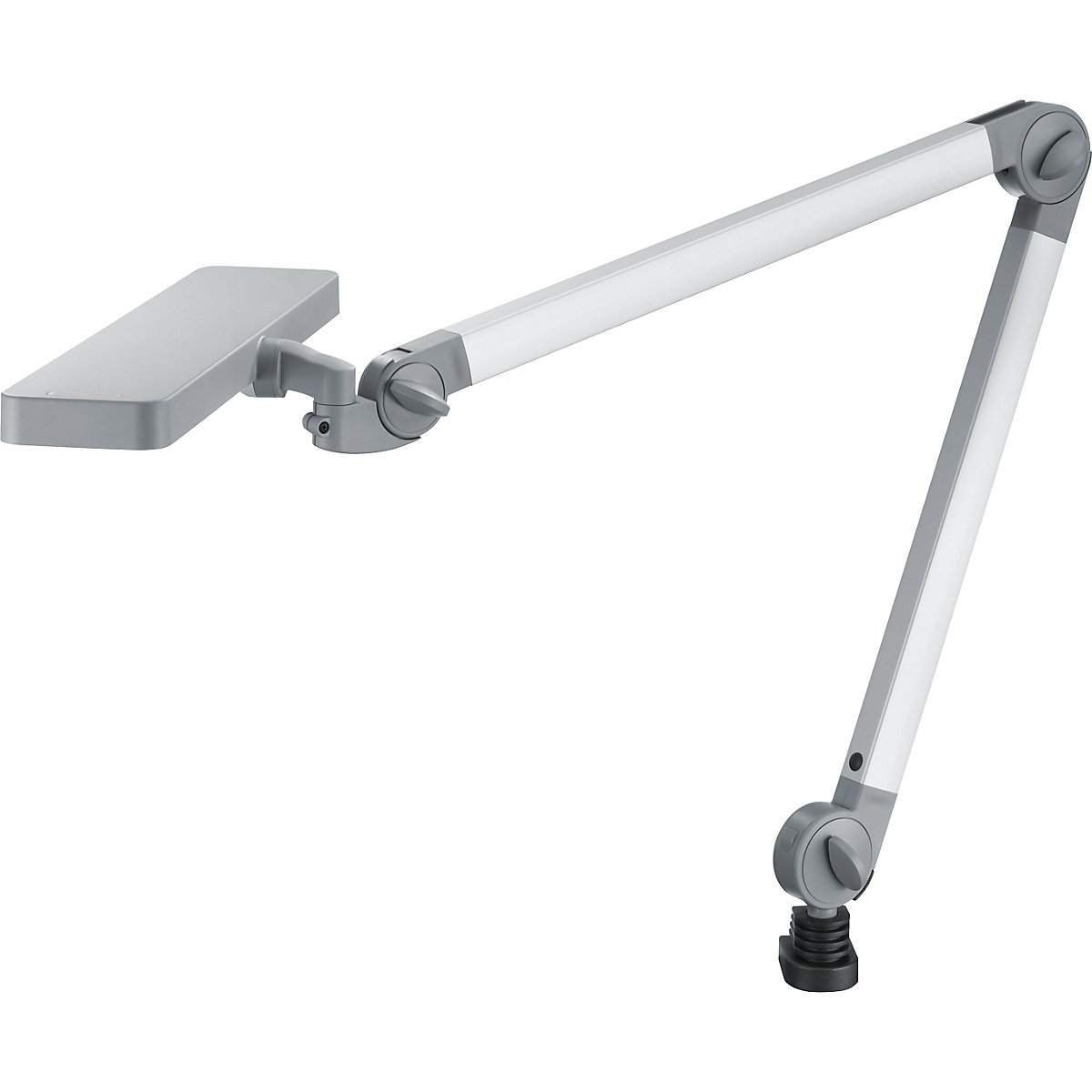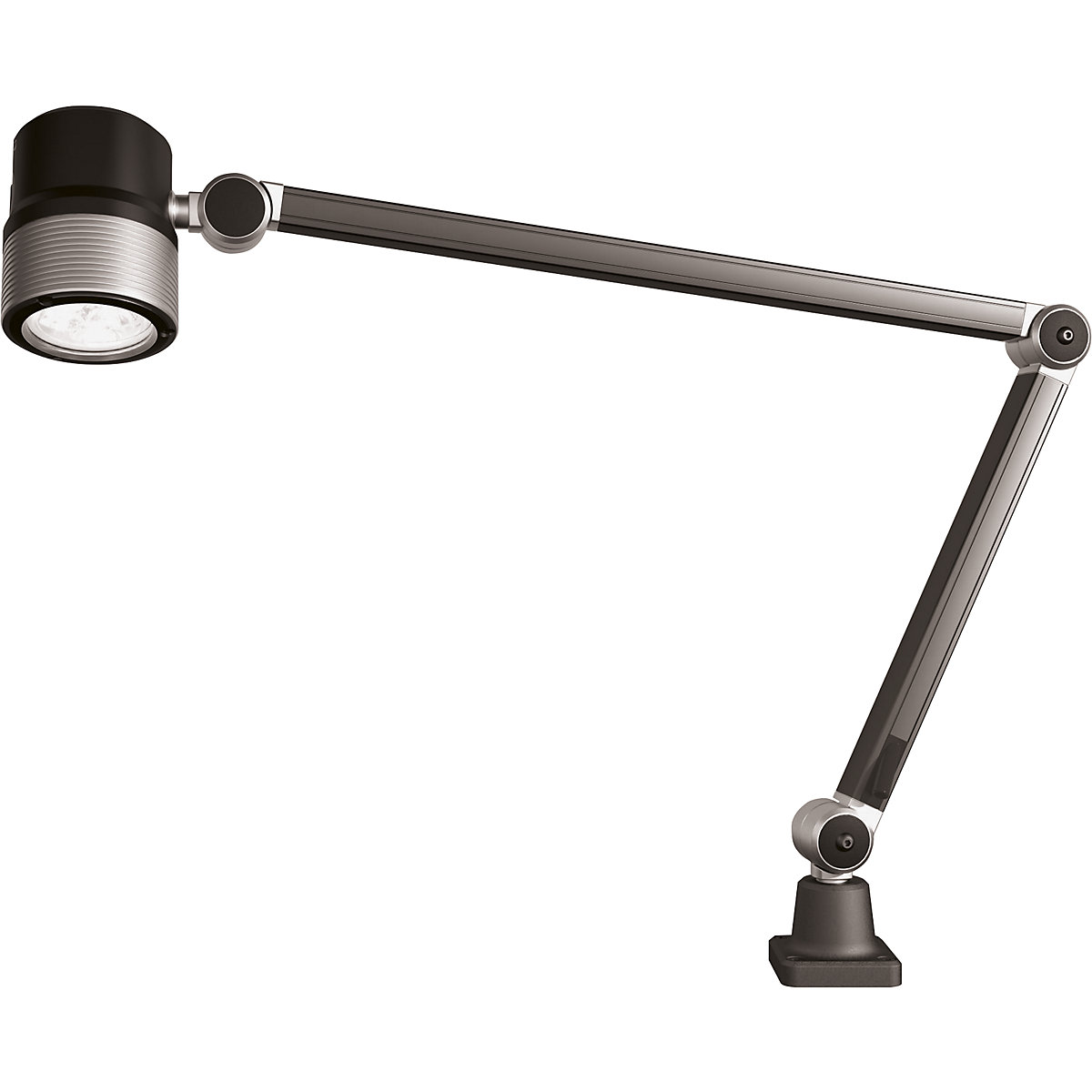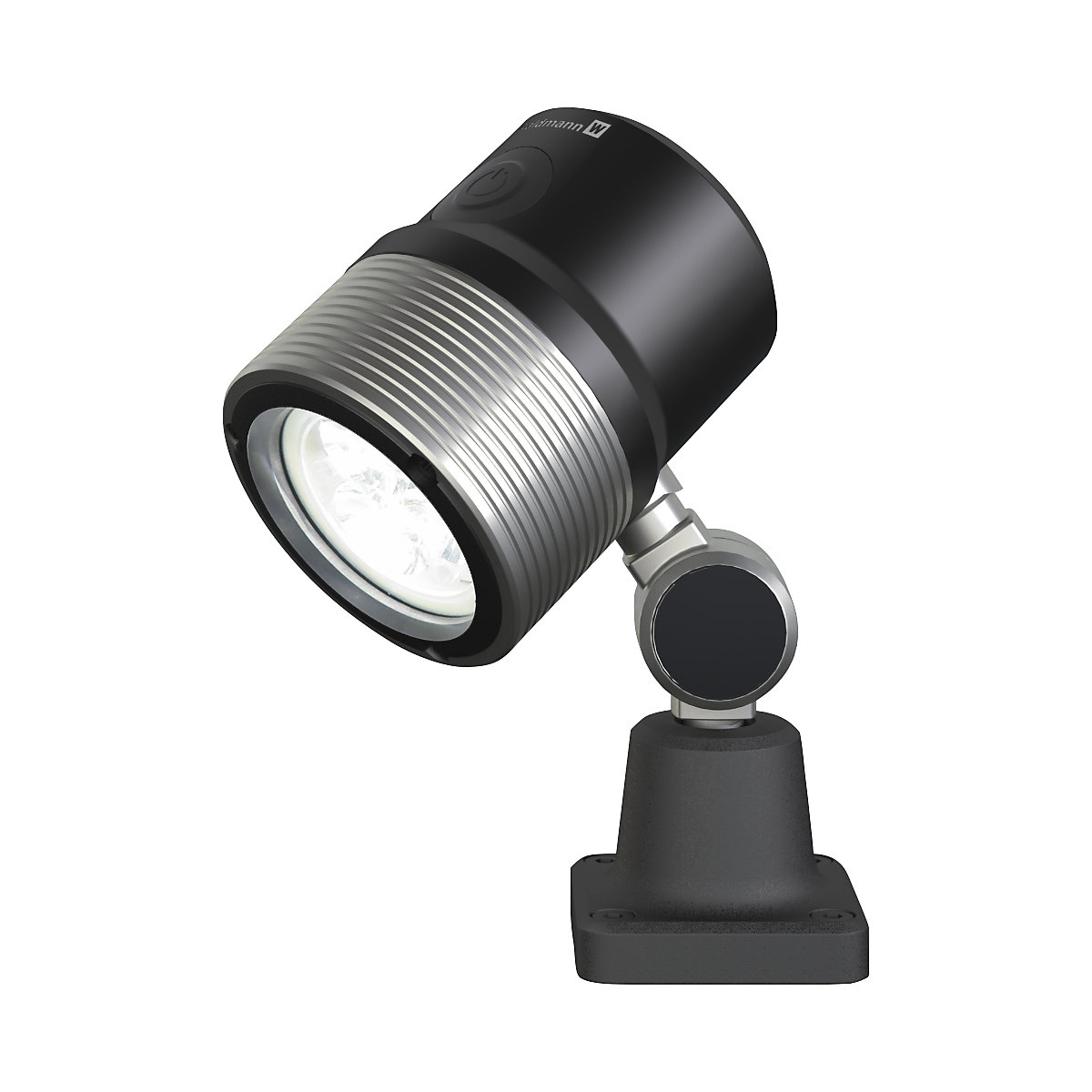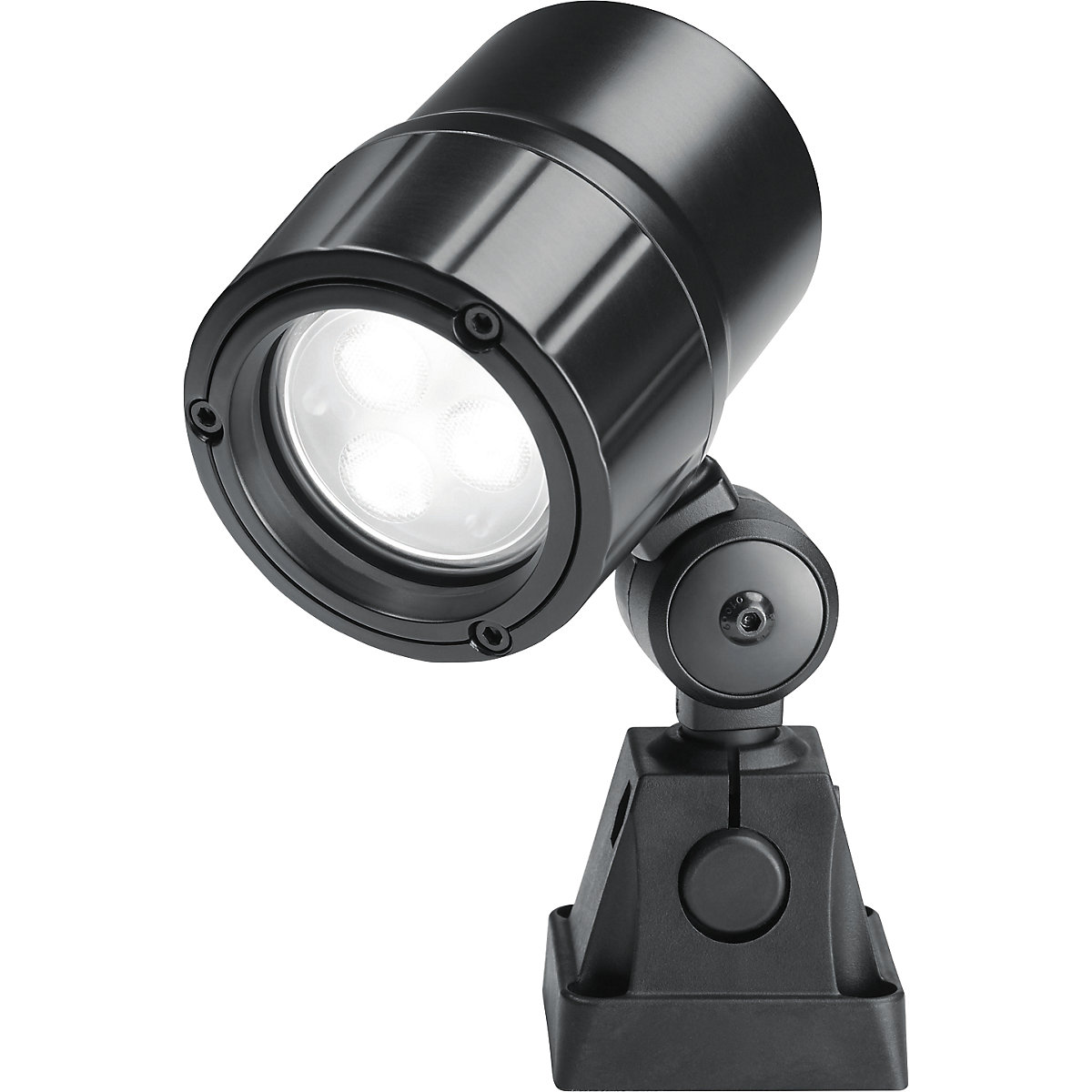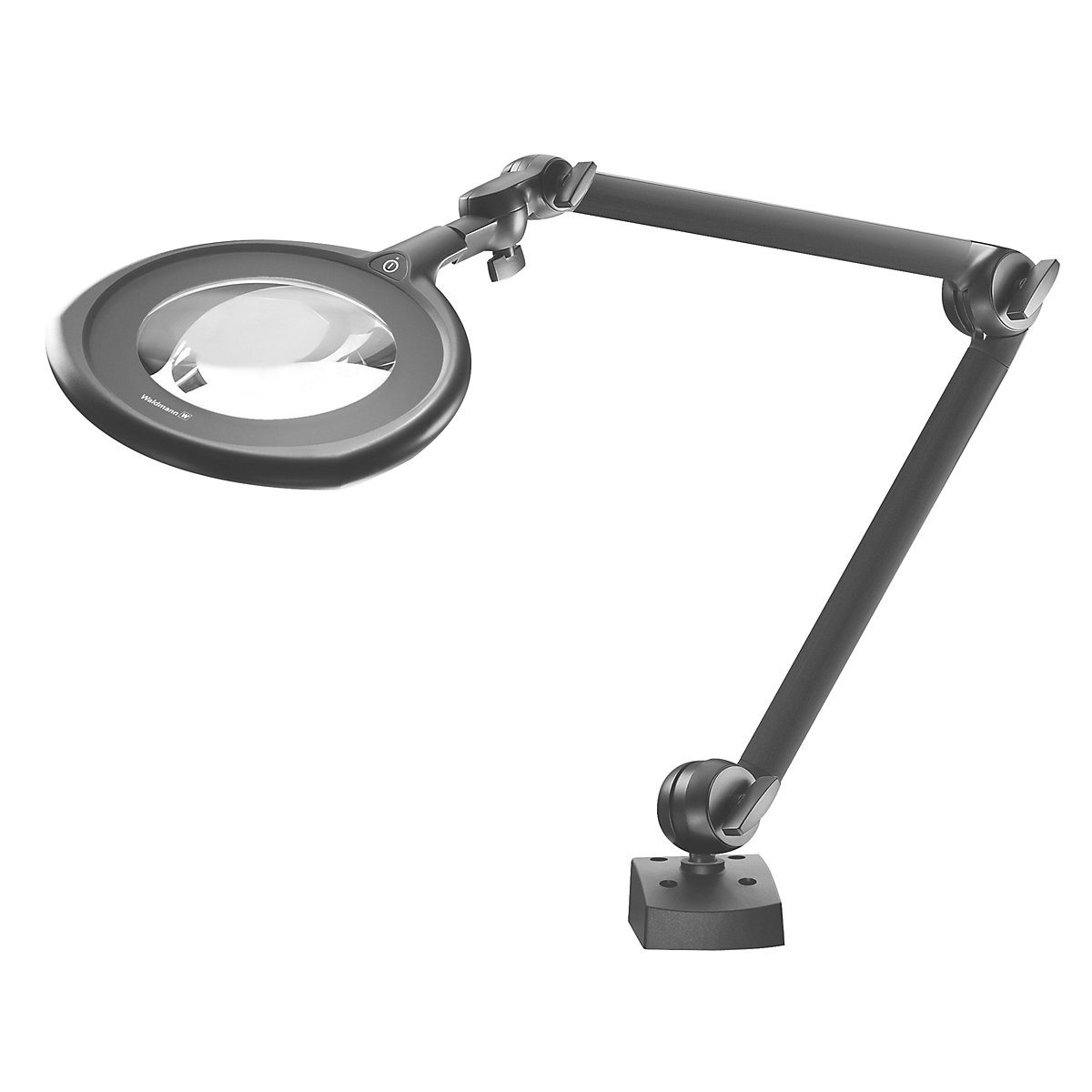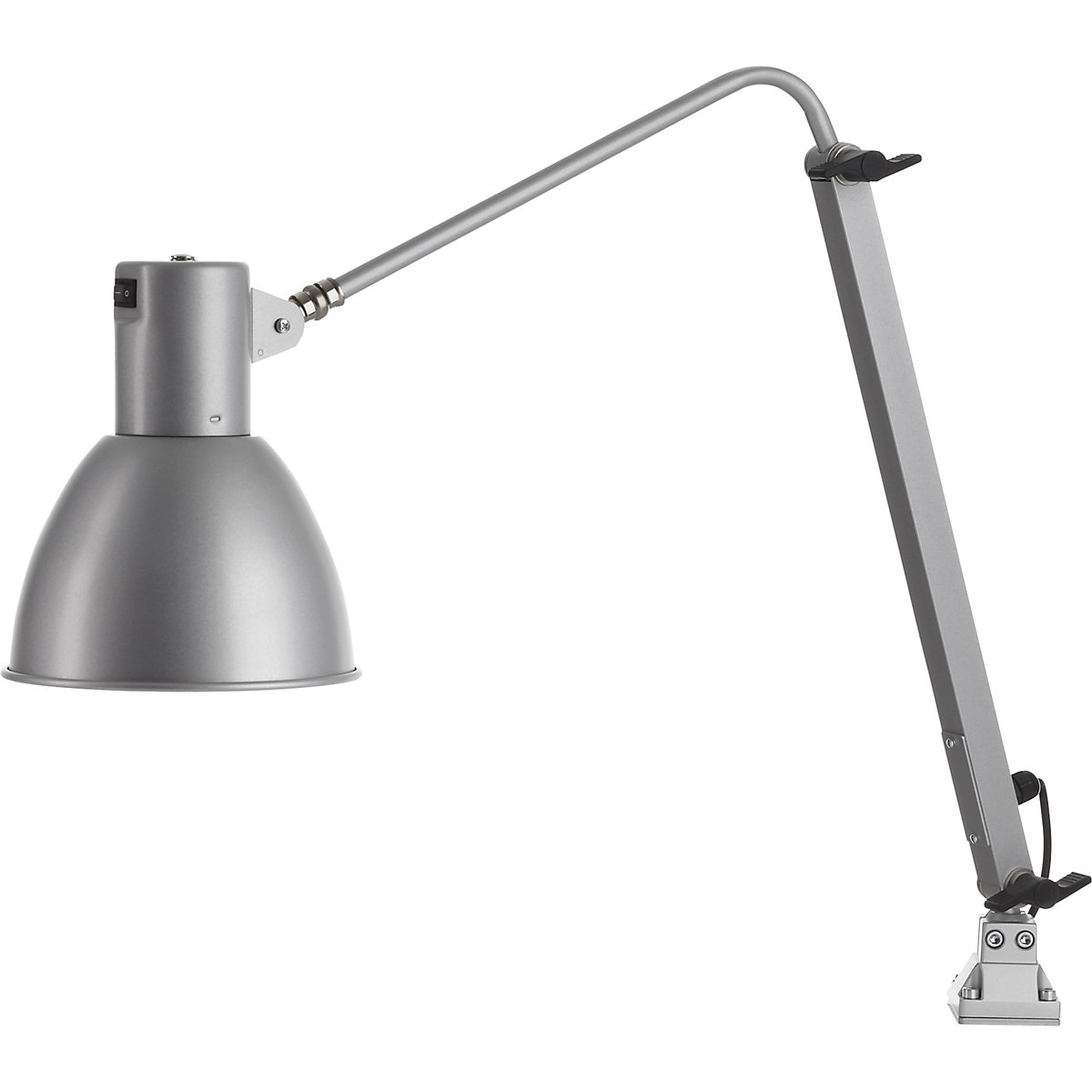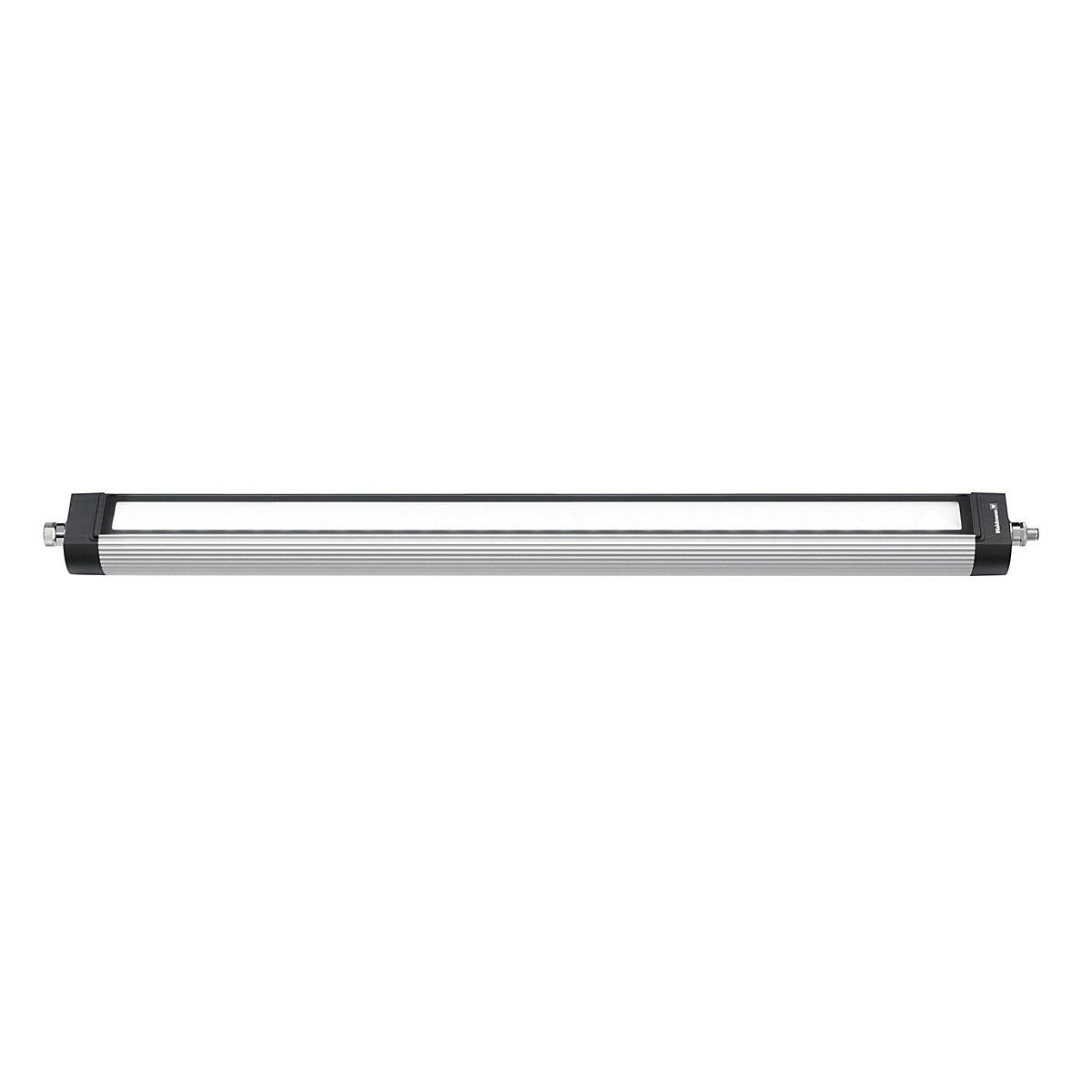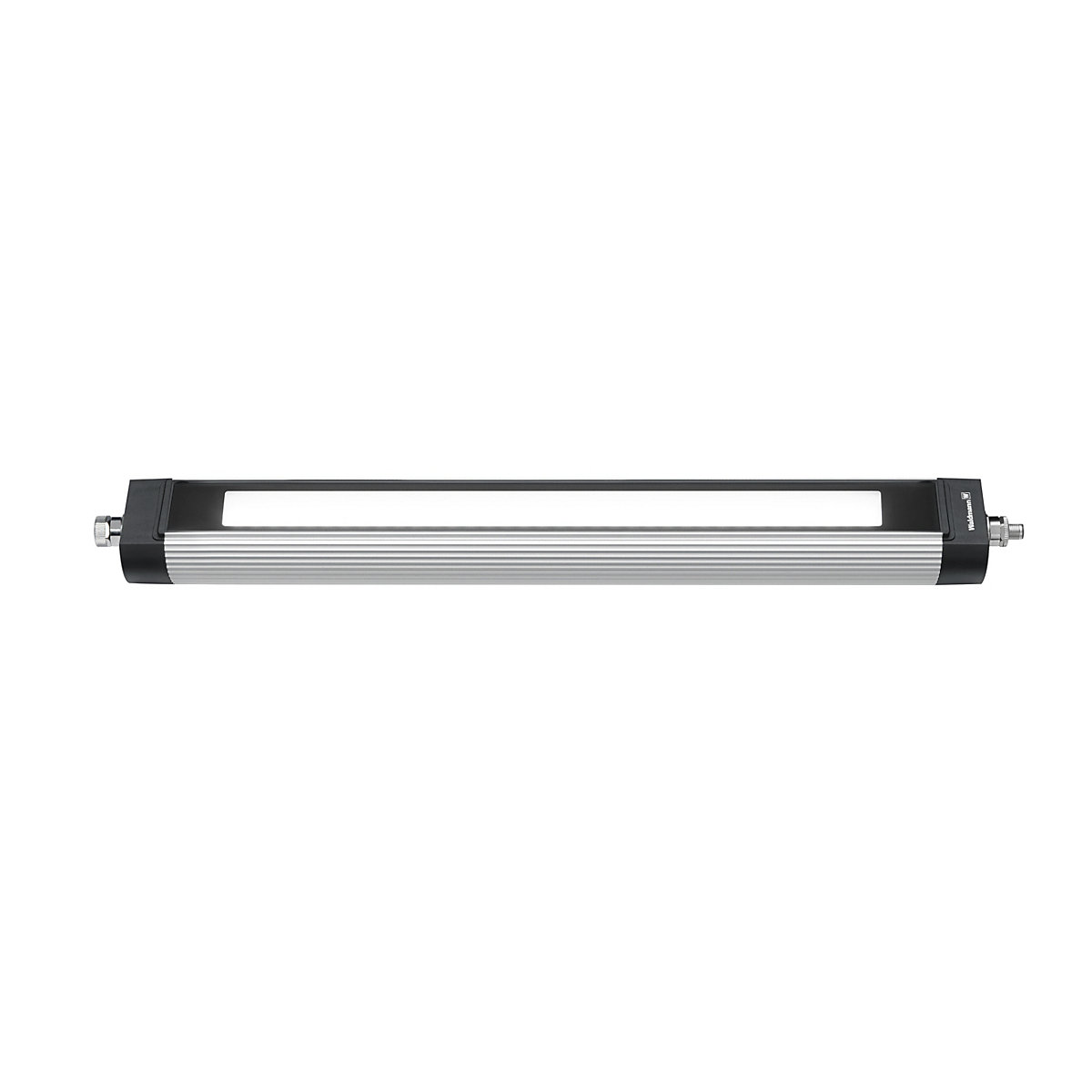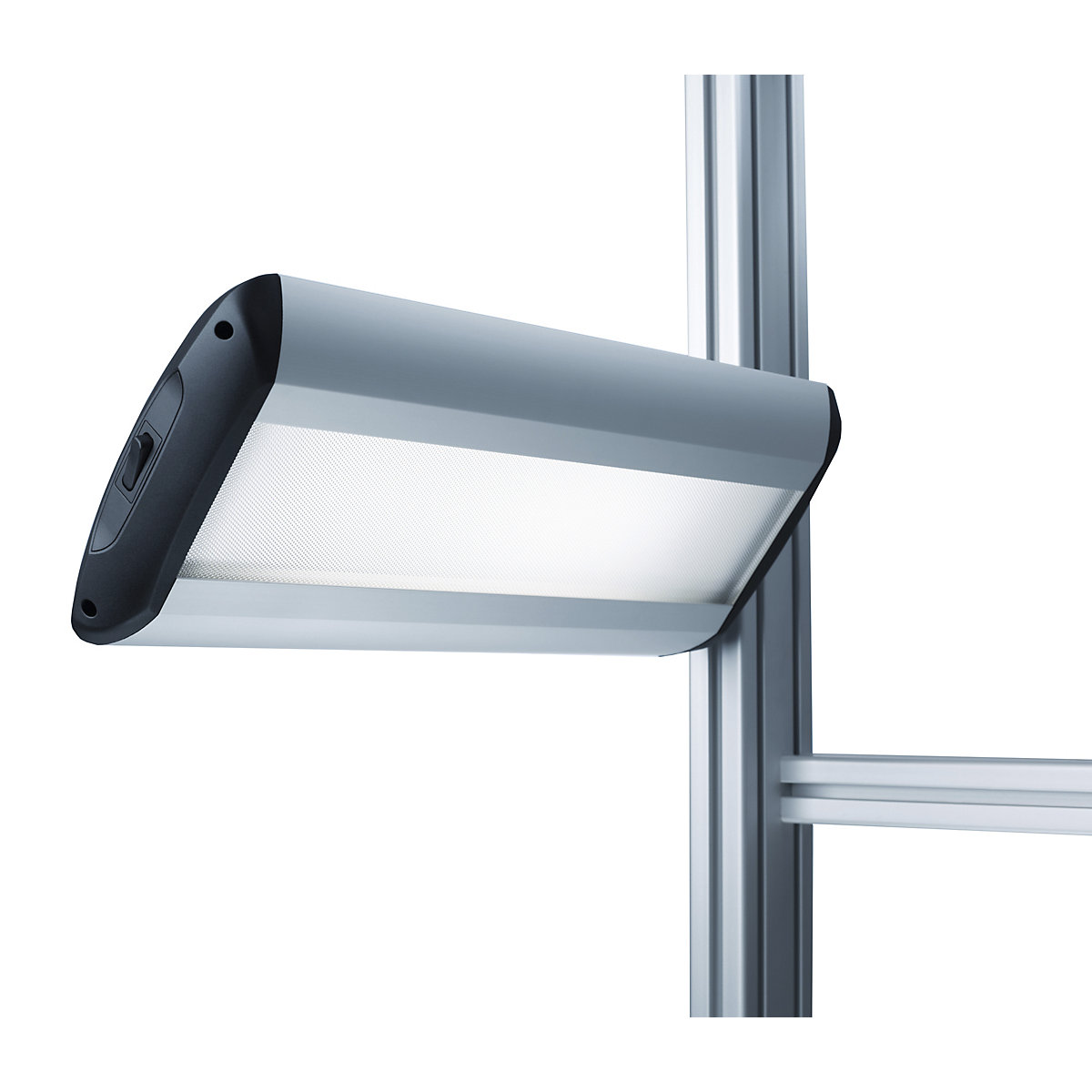Fundamentals of workplace lighting
Reconstructing mosaics, repairing jewellery or producing display panels for the next exhibition – different activities require different levels of illuminance to ensure visual tasks can be carried out in compliance with standards: they can range from 500 to 1,500 lux, depending on how intricate the details of the work are. EN 12464-1 provides information about the recommended values. It is applicable as a European standard, and also exists in a similar form as an international ISO standard, ISO 8995/CIE S 008.
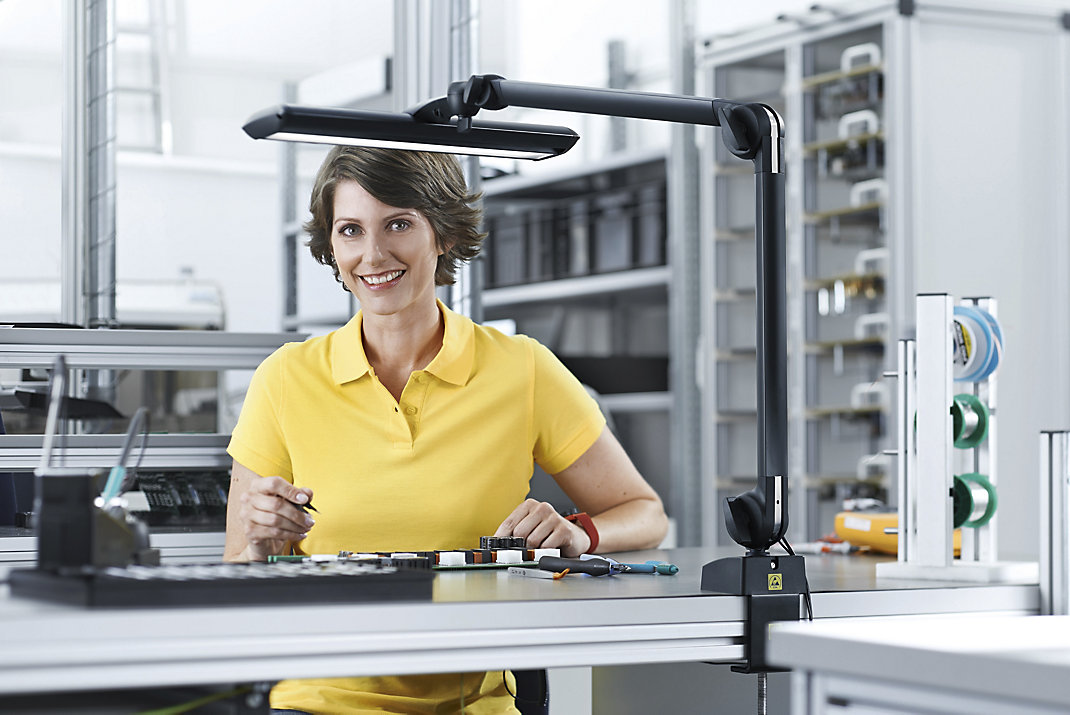
Light as a factor in productivity
Investing in good light pays off. Improved productivity, less fatigue, less waste and far fewer accidents at work due to higher levels of illuminance have been documented in two studies by the Ilmenau University of Technology (1997 and 2000). After reading the research report and long-term study, one thing is certain: an illuminance of 600 lux is the benchmark for a typical industrial workplace.
Better light increases productivity by more than 50 percent when working on demanding visual tasks. At the same time, the error rate falls. Moreover, the test participants subjectively feel mentally fit for longer. The correlation between accidents at work and illuminance has also been confirmed by the statistics maintained by the employers' liability insurance associations: two thirds of all recorded accidents on the job occur at workplaces with an illuminance of less than 500 lux.

Visual performance
The visual performance is determined by the light/dark and colour contrasts, the size of the details, and the speed and time needed to perceive the contrasts. The more demanding the visual performance, the higher the lighting level needs to be.
Find out how to increase productivity with the right light here!
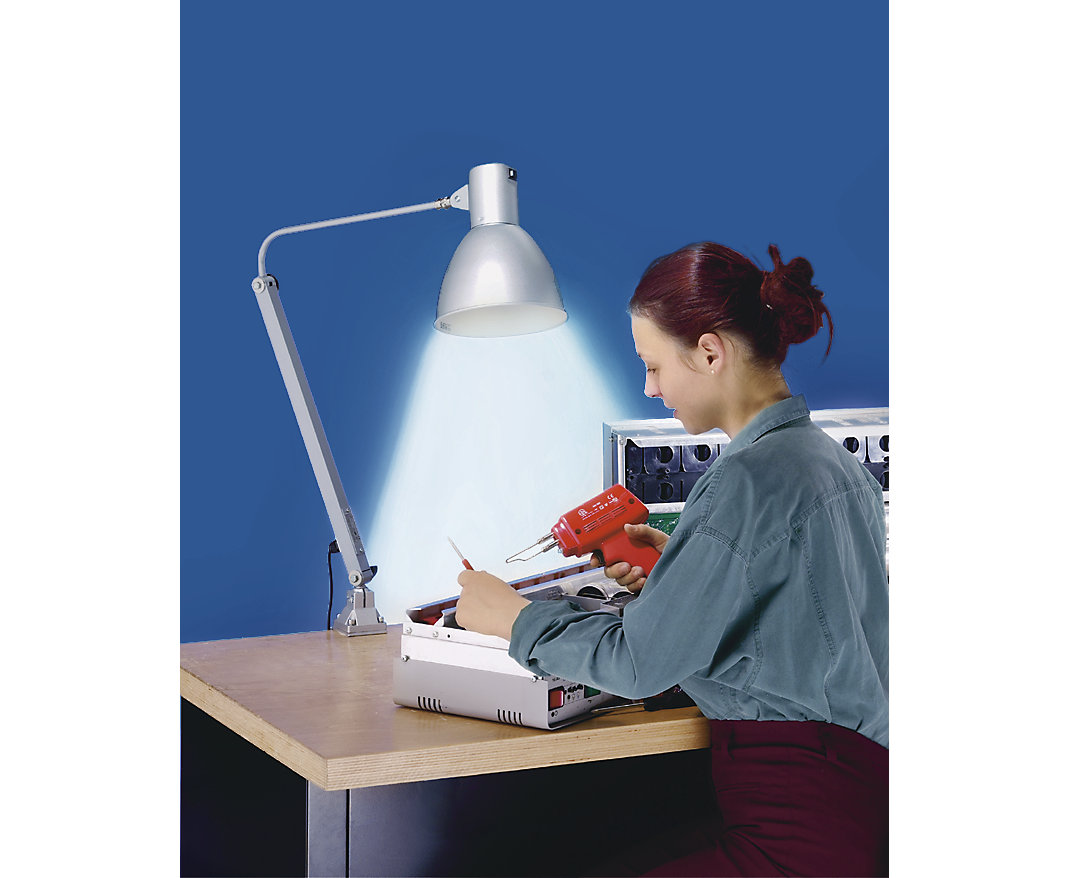
What you'll need to keep in mind when planning your workplace lighting
The different illuminance requirements for different workplaces are often satisfied by the general lighting set up for workplaces with fixed positions. General lighting alone, providing a uniformly high level of illumination throughout the room, allows a flexible arrangement of workplaces and lighting, while the latest lamp systems suitable for different configurations offer versatile solutions when machines and workbenches need to be moved around. Our Waldmann shop awaits with some great examples of lighting systems like this.
Lights should always be installed parallel to the window front according to the direction of daylight entering the building. This requires that machines and workbenches are installed parallel to the window. Lateral light incidence is the right way to go. This is the reason why luminaires must be installed at a lateral angle to the work surfaces. Tools and workpieces are clearly visible when the lighting casts very few shadows. No reflections from shiny machine surfaces or scales shining into the workers' line of vision should impair visual performance.
General lighting is usually insufficient for workplaces at which demanding visual tasks are performed, making the installation of additional, individual workplace luminaires necessary. To ensure that visual performance is not impaired, reflections from tools or workpieces that could be disturbing must be avoided. Finely detailed work and inspections therefore require a high level of illuminance. This can be achieved with the aid of luminaires, suspended lamps, individual workstation lamps or machine lamps. They supplement general lighting and should only ever be switched on as supplementary lighting. LED light bulbs save power costs, while reflector grids ensure precise and dazzle-free light guidance. Individual workstation lamps must not allow any disturbing reflections to be cast by tools or workpieces.
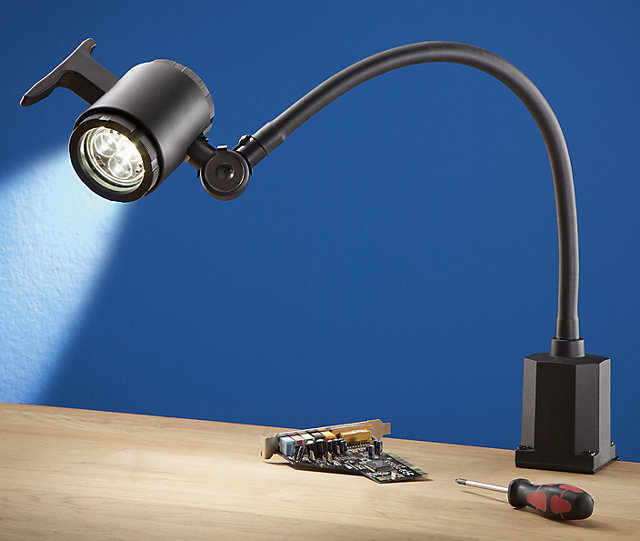
In conclusion: additional lamps are important for surface inspections. Their light should be emitted in beams and produce deep shadows. Done the right way, scratches can even be identified on matt surfaces.
The safety factor
You can't make an omelet without breaking eggs or beating the yolks. Sometimes other bits of residue or splatter get thrown up when working as well. Workplaces like these require luminaires with the corresponding protection class – e.g. IP65. When the luminaires only heat up to a limited extent, any deposits of highly flammable substances cannot catch fire. Lamps like this can also be identified by the fire protection symbol “D” that appears in an inverted triangle. In dust-prone workrooms – i.e. just about every workshop – these types of workstation lamps are mandatory.
There is a risk of explosion in rooms or areas where paints, polishes and glues containing volatile solvents are used. Explosion-proof luminaires are mandatory in these areas.
As a general rule, using luminaires with a higher degree of protection is recommended, as is forgoing the use of lamps that heat up excessively on their own and replacing them with LED luminaires.

Factory lighting
The following used to apply: fitting full-length strip lighting systems fitted with fluorescent lamps or other luminaires is the most economical solution for factory halls from four to six metres in height. Factory halls higher than six metres require particularly bright, yet economical, lamps: high-pressure halogen or sodium vapour lamps in power classes from 250 W to 1,000 W produce enough light even at this height to ensure that a sufficient level of brightness reaches workplaces. But these days, switching to LED lighting is the best option.
We know that the requirements made of factory hall lighting are demanding: in our own production facility in Haan, we even installed new surface floodlights on the ceiling of the factory hall. A total of 636 m of power rail systems, almost 500 m of cables, 133 LED surface floodlights and 30 LED diffuser lights with rechargeable batteries were installed.
At the same time, a Light Manager was installed in our server room. This is a small processor used to run the control software, and which uses separate gateways to communicate with the floodlights in the factory hall by means of Wi-Fi. The user interface is very easy to operate, and changes to the lighting programs are easy to implement.
This energy efficiency project has enabled us to cut our previous power costs by 70 percent. We were also awarded the EnergieInnovationsPreis.NRW 2020 for implementing this pioneering lighting concept. If you have any questions about it, don't hesitate to ask.

Light Dictionary
What does LED mean? And what's candela? You will find answers to technical lighting terms in our small dictionary of lighting terminology.
